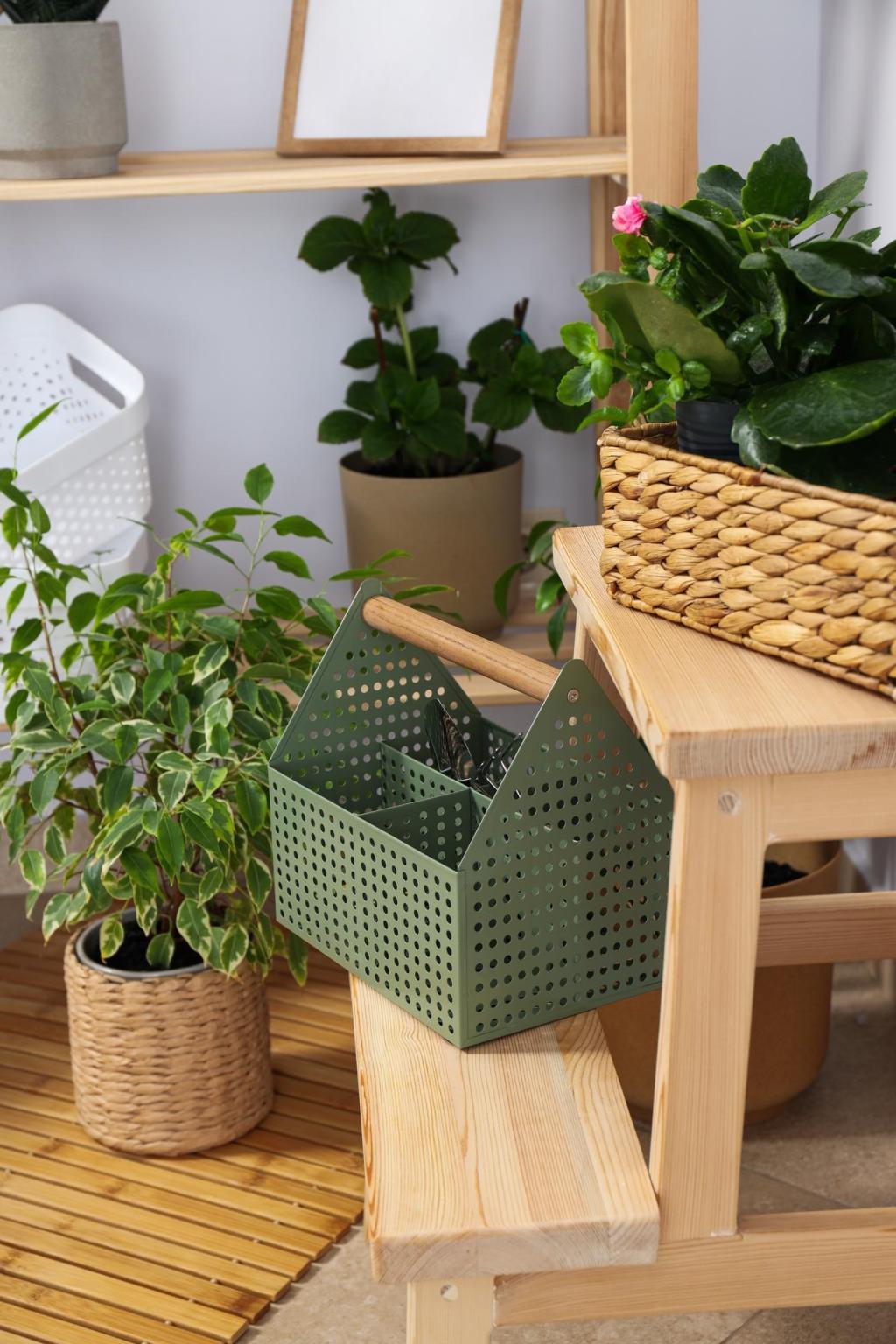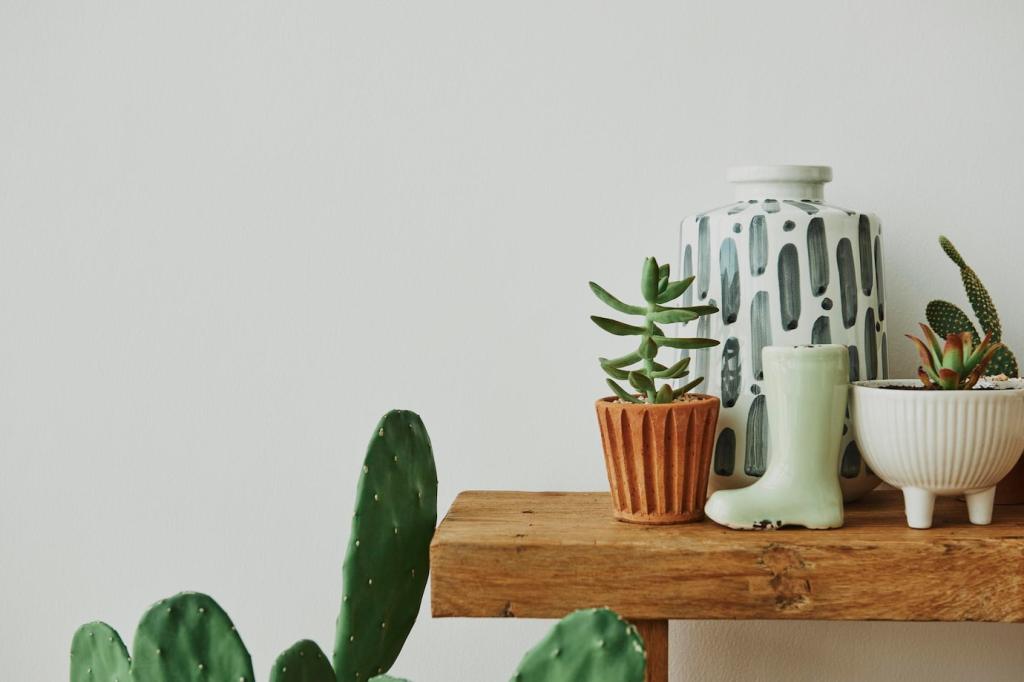Natural Linoleum, Recycled Rubber, and Low‑Toxicity Engineered Options
Made from linseed oil, wood flour, resins, and jute, natural linoleum offers durable color‑through wear and low emissions. It suits kitchens, hallways, and playrooms, and pairs well with radiant heat. Many readers adore its timeless hues and easy‑to‑clean, matte finish.
Natural Linoleum, Recycled Rubber, and Low‑Toxicity Engineered Options
Recycled rubber shines in home gyms, mudrooms, and laundry spaces with excellent slip resistance and shock absorption. Choose products with documented low‑VOC performance. Dark, flecked designs hide scuffs, and interlocking tiles can be replaced individually if a high‑traffic corner gets tired.





